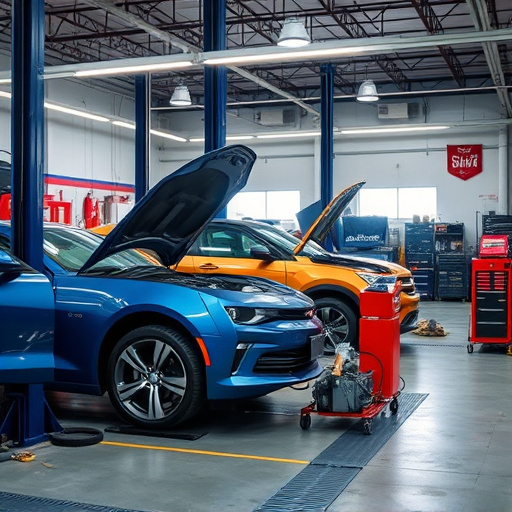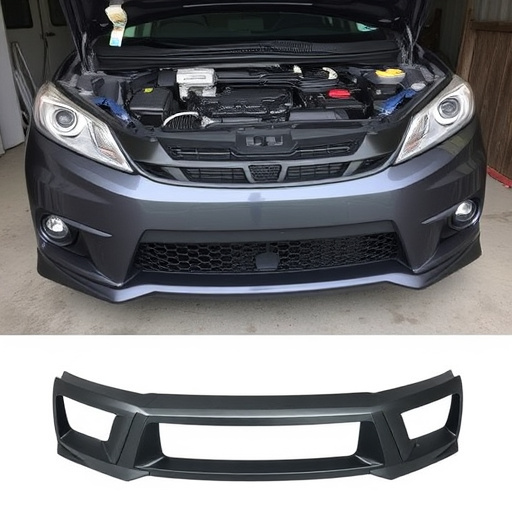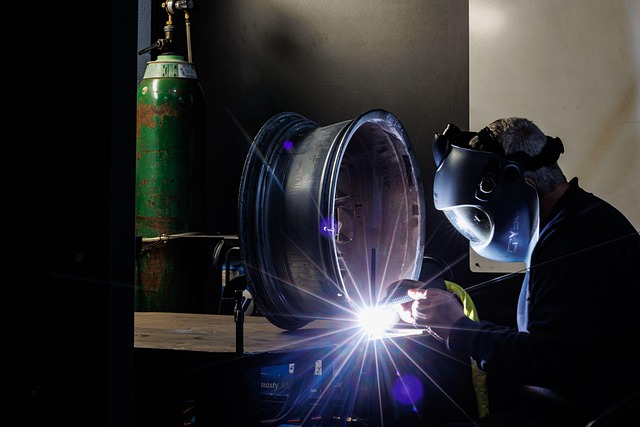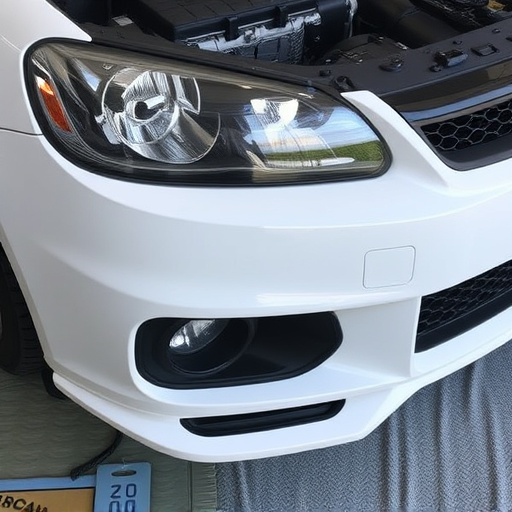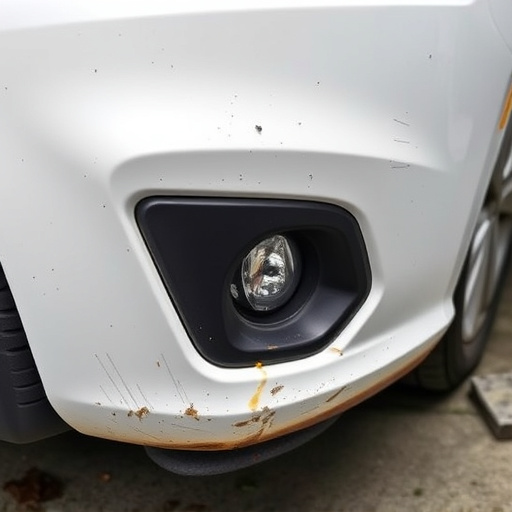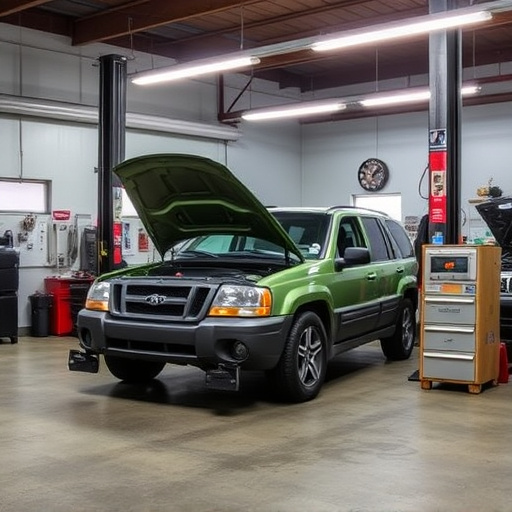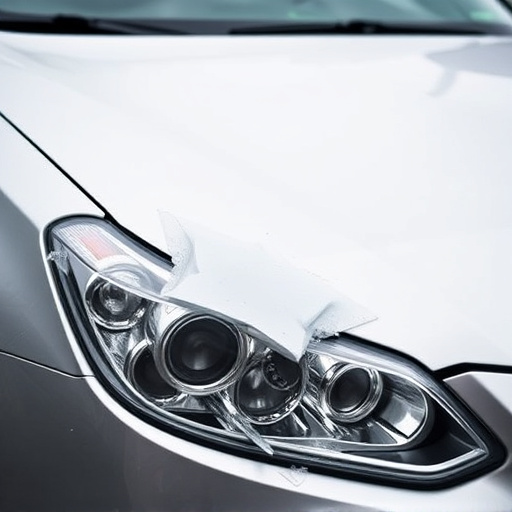To become an insurance-approved collision repair center, follow insurer guidelines, cater to client needs, achieve ICAR/ASIC certifications, adhere to best practices like rigorous car paint standards, staff training, equipment maintenance, digital record-keeping, quality control, and customer feedback. These steps ensure compliance, enhance reputation, and increase approval chances for insurance-approved repairs.
Looking to establish a trusted, insurance-approved collision center? This guide outlines essential steps to ensure your facility meets industry standards. Firstly, grasp the intricacies of insurance requirements for collision repair, as these vary by provider and region. Next, achieve certification by adhering to established quality and safety standards. Implement best practices throughout your operations to maintain compliance, from efficient workflow management to utilizing advanced repair techniques.
- Understand Insurance Requirements for Collision Repair
- Achieve Certification: Meet Industry Standards
- Implement Best Practices for Quality and Compliance
Understand Insurance Requirements for Collision Repair
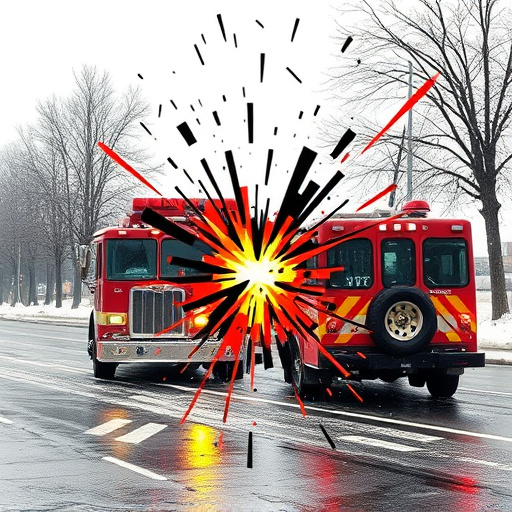
Understanding insurance requirements for collision repair is a critical first step on your journey to becoming an insurance-approved center. Each insurance provider has its own set of guidelines and standards for automotive repairs, focusing on ensuring safety, quality, and cost-effectiveness. Familiarize yourself with these policies, as they dictate the services you offer and the methods you employ in vehicle paint repair and other collision-related work.
Knowing your target audience—whether it’s individual car owners or fleet repair services—is key. Different insurance companies cater to various needs, so tailor your services accordingly. Proficiency in vehicle paint repair, for instance, is often a requirement for handling claims from major insurers. Demonstrating expertise in these areas will not only attract more clients but also increase your chances of gaining approval from insurance carriers.
Achieve Certification: Meet Industry Standards

Achieving industry certification is a fundamental step for any center aiming to become insurance-approved for collision repairs. This involves adhering to strict standards and guidelines set by leading automotive and insurance organizations. By obtaining recognized certifications like ICAR (Inter-Industry Training, Certification, and Standards Program) or ASIC (Automotive Service Excellence), your facility demonstrates a commitment to quality and safety in car paint repair, collision damage repair, and overall car collision repair services.
These certifications ensure that the staff is well-trained and equipped to handle various types of automotive repairs, including complex cases. It also assures insurance providers that your center follows best practices, thereby streamlining the claims process and ensuring satisfied customers who receive top-notch collision damage repair services.
Implement Best Practices for Quality and Compliance
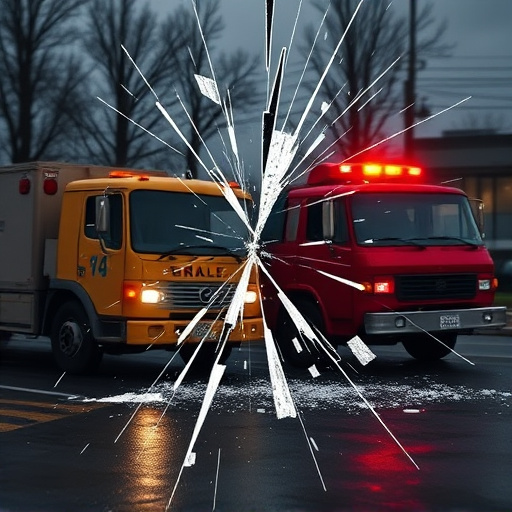
To become insurance-approved for collision repairs, adhering to best practices for quality and compliance is non-negotiable. This involves implementing rigorous standards in car paint repair and body shop services. Ensure that all staff are trained and certified to perform specialized tasks, from vehicle paint repair to complex bodywork. Regular equipment maintenance and calibration guarantee precision and safety during every repair process.
Staying up-to-date with industry regulations is crucial for maintaining insurance approval. This includes adopting sustainable and eco-friendly practices in both car paint repair and body shop services, as well as implementing digital systems for efficient record-keeping and documentation. Regular quality control checks and customer satisfaction surveys also demonstrate a commitment to excellence and help identify areas for improvement, solidifying your status as an insurance-approved collision center.
To become an insurance-approved collision center, understanding and adhering to industry standards is paramount. By meeting insurance requirements, achieving certification, and implementing best practices for quality and compliance, your facility can ensure satisfaction for both clients and insurers. These steps not only enhance your reputation but also streamline the claims process, making you a trusted choice for reliable and efficient insurance-approved repair services.

